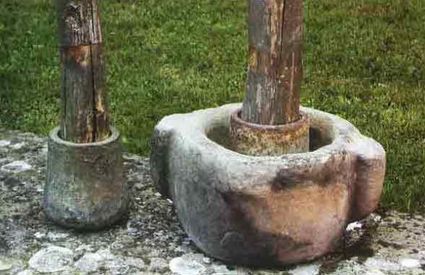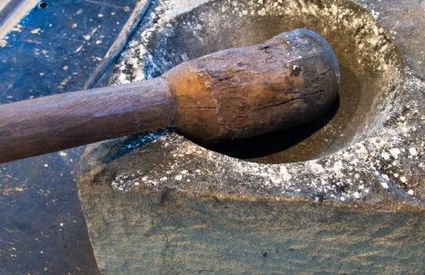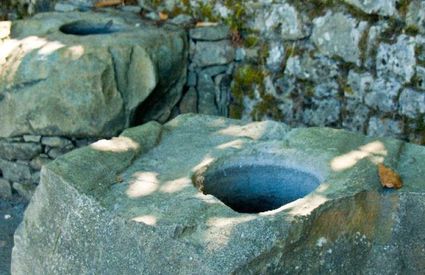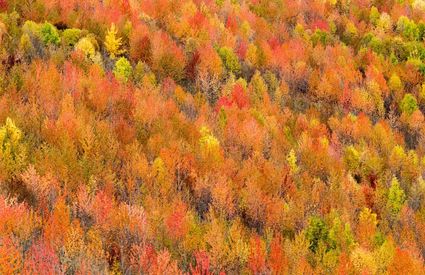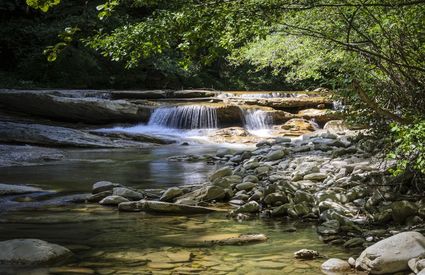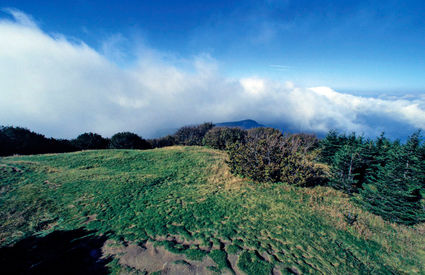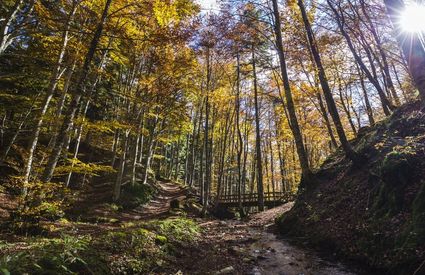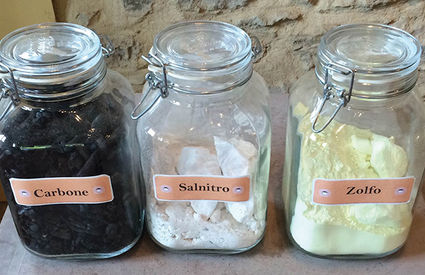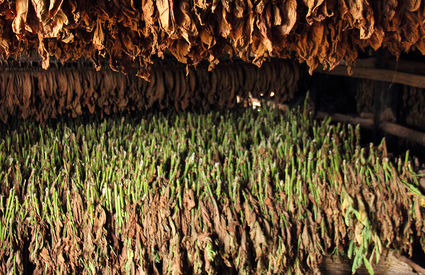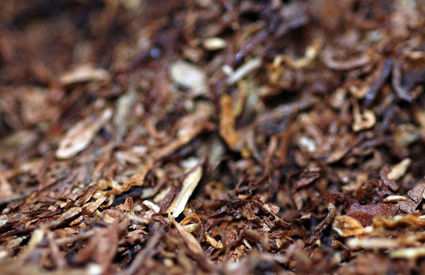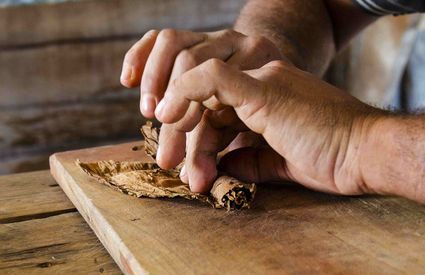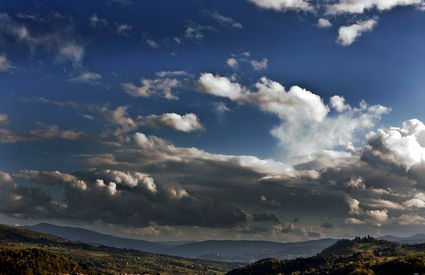Chitignano
Cigars and guns in the Casentino: a Tuscan take on the Far West
Few know that Tuscany is home to a town of smugglers to make El Paso shake in its boots
Cigars and guns in the Casentino: a Tuscan take on the Far West
Few know that Tuscany is home to a town of smugglers to make El Paso shake in its boots
A history of smuggling
It’s all the King’s fault, to make a long story short. Here we could do anything; we’ve always lived on this principle. Tobacco and gunpowder: these are our trades. Peculiar? Perhaps, but given where we’re located, hidden among woods and mountains, the Grand Duchy made some accommodations for us: preferential treatment, they said. A legal anomaly. Eh, it was fair. But with the Unification of Italy – a significant change – everything was banned. You can fish for trout, they told us. Trout. As if one could change his way of life so suddenly, from one day to the next. Trout…Tze, I didn’t think for a second to go on—the only difference is that we had to set up some pilli in the mountains. Pilli, yes—the stone mortars, and with them the huts where we’d dry out the dusts. My favorite is the Polveriera dell’Inferno. We go up, make the dust, hide it and then take it away: there are those who go to Florence, to Pisa, those who head toward the Romagna region, Lazio, Marche… Someone from the group will take back the tobacco leaves, since they’ve taken those away from us as well.
How do you make gunpowder?
You need three things: carbon, saltpeter and sulfur. Everyone here knows this—there were government-owned polverifici (explosives factories)—yes, one belonging to the Prati and another to the Ciofi, along the stream… Anyway, not just any old carbon will work. You need the kind extracted from a stone, from a willow, from a beech tree or from a vine. For hunting powder, carbon from a vine or a willow is perfect; for lead powder, even wood will do. First, the carbon is crushed in the mortars. Once it turns into dust, saltpeter and sulfur are added, and then it's back to crushing. Every now and then you'll need to add a bit of water because if not – you’ll realize this yourself – everything will explode. This is gunpowder you’re dealing with, after all, not shortcrust pastry! Once it’s ready, you move on to sifting, using a sieve, to be exact. You’ll then spread a sheet out under the sieve to cudgel and remove the last impurities. Next the dust is dried out in the sun, and then it’s ready. You can then sell it—or smuggle it, as they’d say. No, you can’t take it home with you—not because the police might catch you, but because it could explode. We have some hiding places up above, not far from the pilli. The most active one happens to be ours—Chitignano—but we also have another one called Balestrite. When I’m heading back, I always carry a bit of tobacco with me. Some people cut it into strips; I use it to make cigars.
Tobacco
The delight of tobacco smoking in the evening in the woods, the taste of leather, of land, the blue smoke that curls above my cigars, rolled Lucca-style… Like all good things, tobacco was frowned upon early on, even before they got on to us about the dust making. Grand Duke Pietro Leopoldo allowed us to continue planting it for ourselves – we’re a rather self-indulgent community – but in 1830 things got merciless and a ban was enacted, as it was in all of Tuscany. We continued the work clandestinely—this was clear. We began getting the leaves from Valtiberina, where they could plant them without problems. Once we brought them back here, we would work on them; there were those who’d pass them through the pea to cut them into strips, those who’d use them to make cigars—and once they were ready, we’d start up again with smuggling those, too. No one knows these mountains like we do—go ahead and come after us, if you have the guts.


